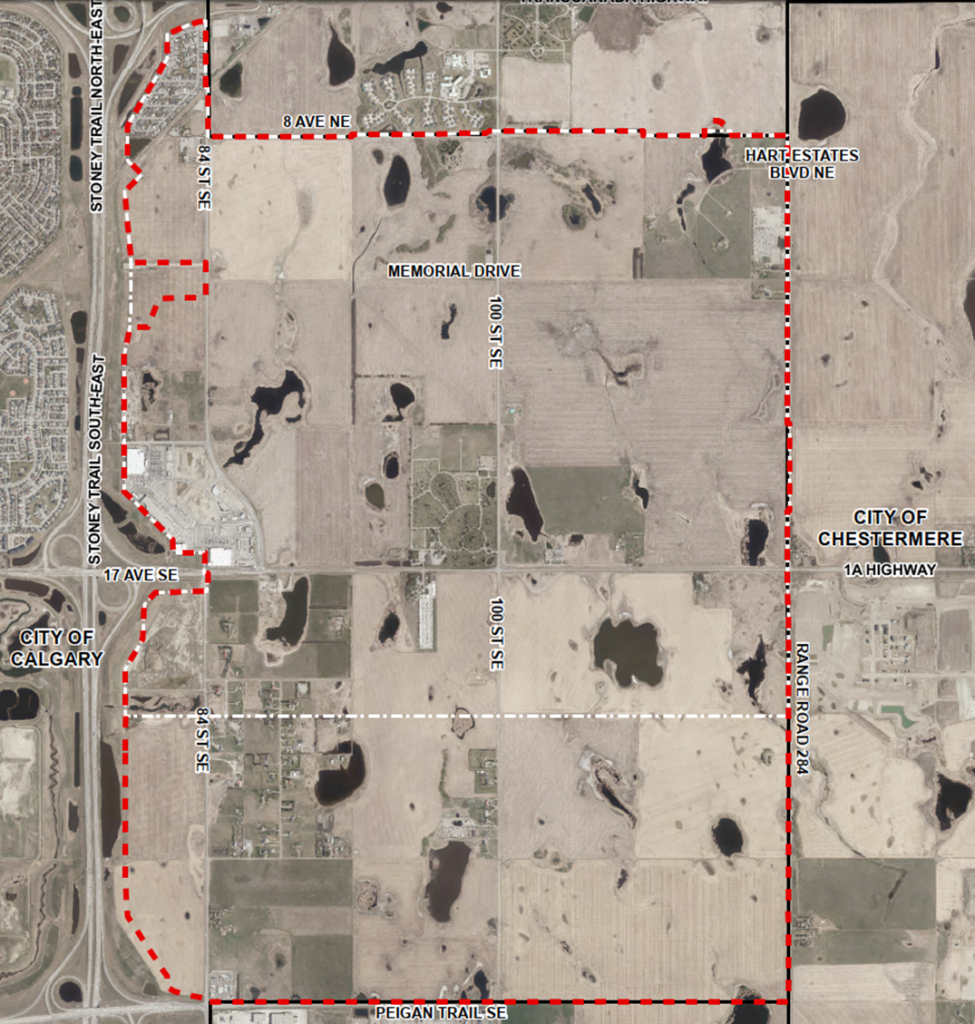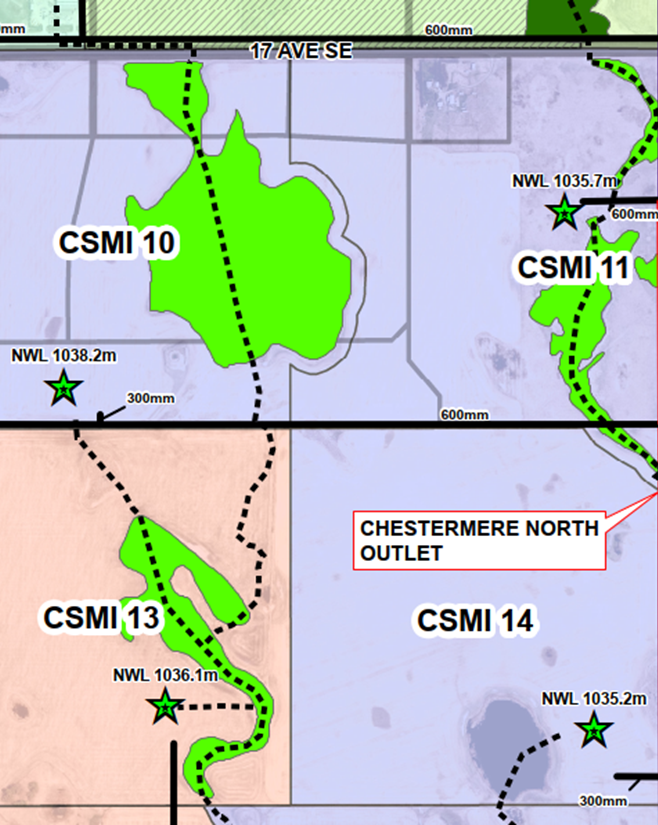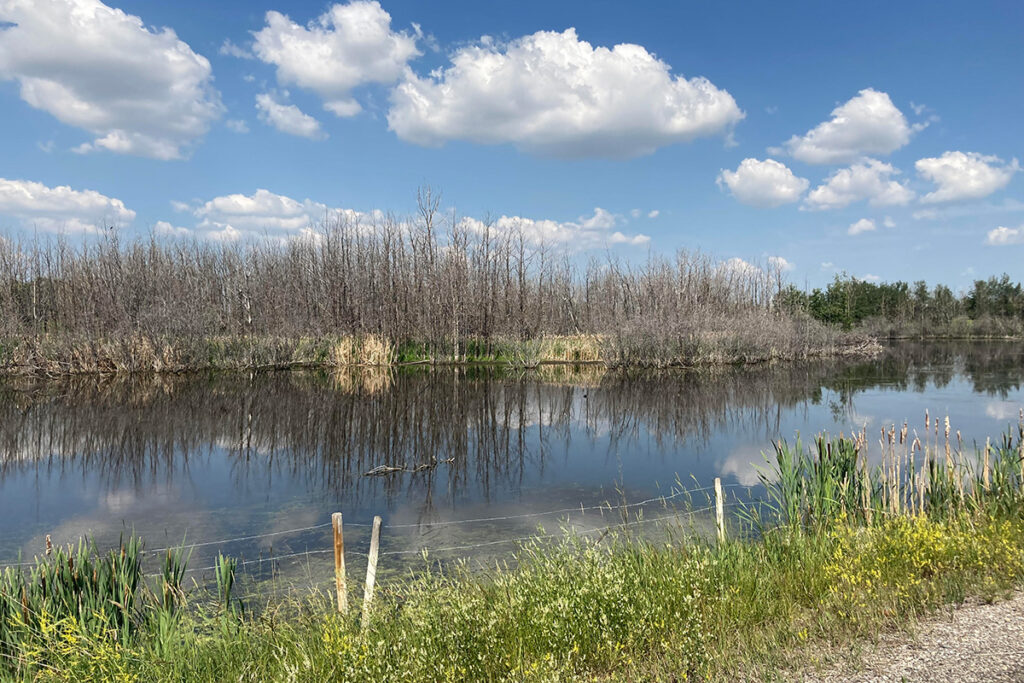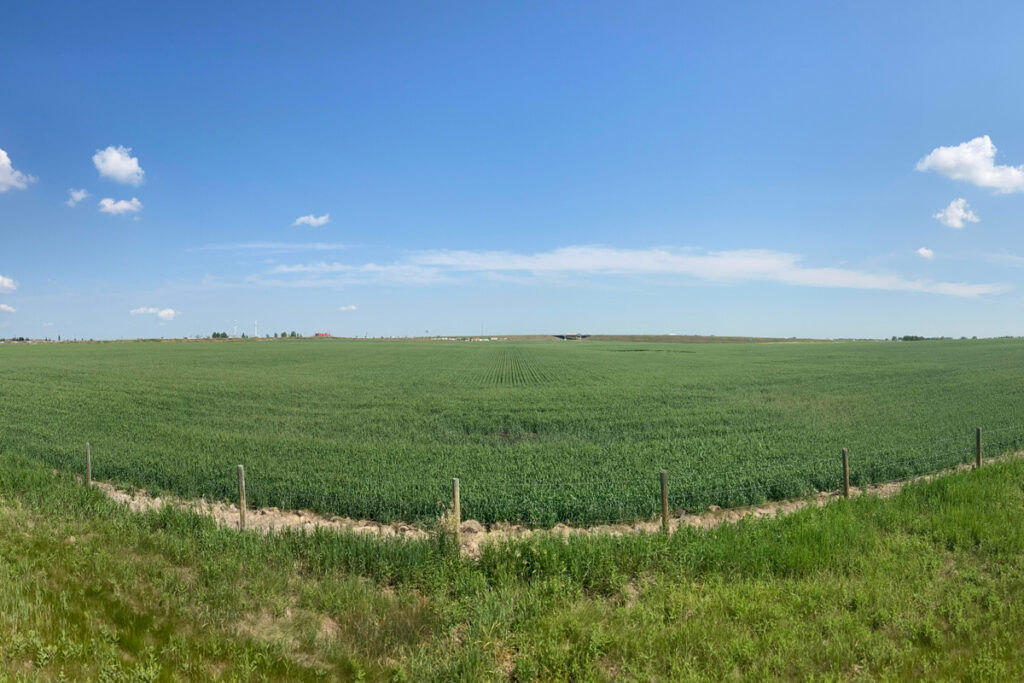Projects
Belvedere Master Drainage Plan – Calgary, AB
Dillon was retained by the City of Calgary to complete a Master Drainage Plan (MDP) to support future Outline Plan submissions for lands within the Plan Boundary.

The City required a qualified team of engineers, biologists and scientists to provide comprehensive stormwater management planning that contextually aligned with the Cooperative Stormwater Management Initiative (CSMI), the Alberta Wetland Policy, and the Belvedere Area Structure Plan.
The objective of the Belvedere MDP was to characterize existing conditions and develop post-development stormwater management plans that balance the integration of natural assets with future growth plans. The MDP has been submitted the Province of Alberta (Alberta Environment and Parks) for approval under the Water Act.
Recommendations to preserve wetlands and watercourses were made in accordance with the Alberta Wetland Policy, Mitigation Directive and City of Calgary policies. Stormwater management strategies have been developed in accordance with The City’s Stormwater Management and Design Manual. Adherence to the recommendations of this MDP will allow for a straightforward review and approval process of subsequent development plans.

The Master Drainage Plan was developed in three phases and summarized in a final document:
- Desktop Review and Gap Analysis – To assist with the development of the post-development servicing strategy, a desktop assessment was completed to identify the relative retention potential of wetlands, based on available information, including historical imagery and planning documents supplied by The City. Of the 190 wetlands delineated in the Study Area, 22 were identified as having a high retention potential. Waterbodies claimed by the Crown were also confirmed by the Water Boundaries Unit of Alberta Environment and Parks.
- Pre-Development analysis and Natural Features for Retention – A calibrated pre-development Personal Computer Stormwater Management Model (PCSWMM) was developed with the intention of developing a planning-level tool capable of estimating surface water discharge, storage, and water level elevations for pre-development wetlands and watercourses. It also characterized the flow regime of three ephemeral and intermittent overland flow paths exiting the Study Area.
- Post-Development drainage strategies and Wetland Water Management Plans – Post development catchments were aligned with the land use concept in the Area Structure Plan. Ponds were located adjacent to wetlands recommended for high retention potential, and priority ephemeral and intermittent streams were preserved and integrated into the post-development overland emergency escape network.
Guidance on plan implementation was provided in the form of cost estimates for public infrastructure, climate change assessment, and specific direction on how plan changes may be evaluated by the City to ensure they continue to meet the design criteria of the plan.
Project Success
The project was faced with the challenge of both meeting Provincial expectations for wetland retention as well as adhering to the City of Calgary design guidelines for stormwater management. The priorities of wetland avoidance do not always align with the priorities of urban development, especially in areas proposed for increases in density. The preparation of this MDP included engagement between The City and Alberta Environment and Parks stakeholders to discuss the priorities of the guidance for wetland preservation in the Study Area. A Wetland Retention Decision Tree was developed to provide a consistent approach to wetland retention decisions that are based on the best science available, and using appropriate field. The project was completed on time and on budget.
Project Details
Project Partner: City of Calgary
Business Unit: Community Planning and Infrastructure
Service offering: Climate and Drainage

